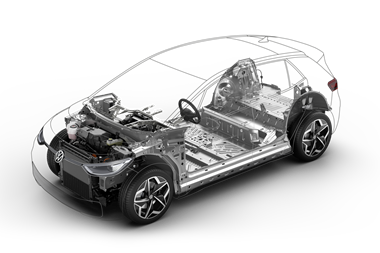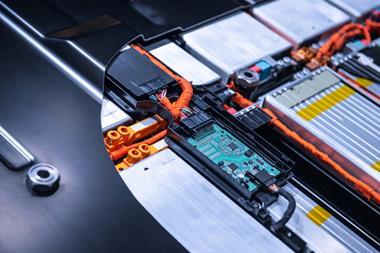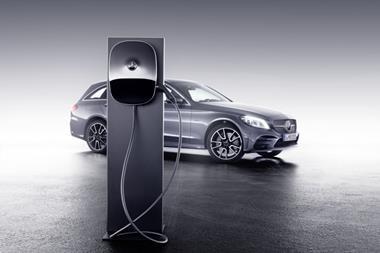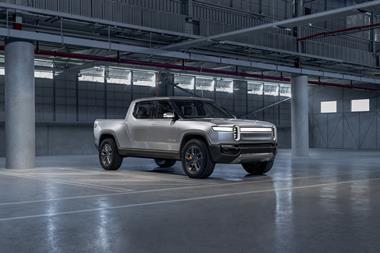EU fines and electric future not entirely in the hands of OEMs
By Automotive from Ultima Media2019-09-26T09:46:00
In the face of government and citizens’ rising concern over climate change, vehicle emission regulations around the world are tightening, especially in Europe. In our latest business intelligence report, we forecast that carmakers will face hefty fines under tightening vehicle emission targets, driven largely by factors outside their control.
The looming CO2 regulations set to come into force in the EU for 2020 and 2021 are likely to hit automotive OEMs with billions of euros worth of punitive fines. Whilst some executives and experts are sanguine about meeting targets, at Automotive from Ultima Media, we forecast a more difficult time since many factors are outside the direct reach of OEMs.








































